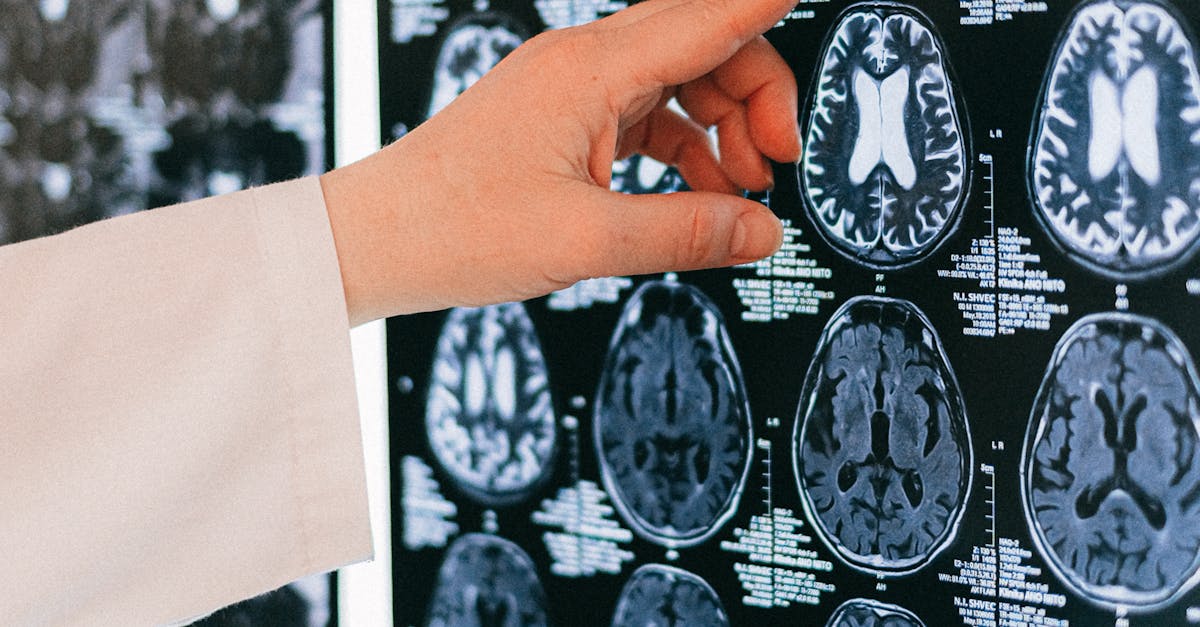Understanding what conditions qualify for disability in Ohio is crucial for individuals seeking assistance. The process can be complex, but knowing the specific conditions recognized by the state can simplify your journey. This article will provide a detailed overview of the primary conditions that can lead to disability benefits in Ohio, along with explanations for each condition.
| Condition | Description |
|---|---|
| 1. Mental Disorders | Includes severe depression, bipolar disorder, schizophrenia, and PTSD. |
| 2. Musculoskeletal Disorders | Conditions affecting bones, joints, and muscles, such as arthritis. |
| 3. Cardiovascular Diseases | Heart conditions that limit physical activity, such as heart failure. |
| 4. Neurological Disorders | Conditions like multiple sclerosis, epilepsy, and Parkinson’s disease. |
| 5. Respiratory Disorders | Chronic conditions such as COPD and severe asthma that impair breathing. |
| 6. Autoimmune Disorders | Conditions where the immune system attacks the body, like lupus. |
| 7. Cancer | Various types of cancer that severely affect daily functioning. |
Mental Disorders
Mental disorders encompass a variety of psychological conditions that significantly impair a person’s ability to function in daily life. In Ohio, severe cases of depression, bipolar disorder, schizophrenia, and post-traumatic stress disorder (PTSD) can qualify for disability benefits. These conditions often require substantial medical documentation to prove their impact on the individual’s ability to work and perform daily tasks.

Musculoskeletal Disorders
Musculoskeletal disorders include conditions that affect the muscles, bones, and joints. Common examples include arthritis, back pain, and degenerative disc disease. These disorders can lead to chronic pain and limited mobility, making it difficult for individuals to maintain employment. Medical evidence demonstrating the severity of the condition and its effects on daily activities is essential for qualification.

Cardiovascular Diseases
Cardiovascular diseases refer to a range of heart conditions that can severely limit physical activity and overall health. Conditions such as heart failure, coronary artery disease, and arrhythmias may qualify an individual for disability benefits in Ohio. Applicants must provide thorough medical documentation and often undergo evaluations to assess the impact of their condition on their functional capabilities.

Neurological Disorders
Neurological disorders include a variety of conditions that affect the nervous system, including multiple sclerosis, epilepsy, and Parkinson’s disease. These conditions can lead to significant impairment in motor skills, cognitive functions, and daily living activities. Individuals seeking disability benefits due to neurological disorders must present detailed medical records and possibly undergo neurological assessments to establish the severity of their condition.

Respiratory Disorders
Respiratory disorders, such as chronic obstructive pulmonary disease (COPD) and severe asthma, can significantly affect a person’s ability to breathe and engage in physical activities. In Ohio, these conditions may qualify for disability benefits if they are documented to severely limit the individual’s daily functioning and ability to work. Medical evaluations and pulmonary function tests are often necessary to support the application.

Autoimmune Disorders
Autoimmune disorders occur when the body’s immune system mistakenly attacks its tissues. Conditions like lupus, rheumatoid arthritis, and multiple sclerosis can severely impact an individual’s health and ability to work. To qualify for disability in Ohio, applicants must provide comprehensive medical documentation detailing the nature of their autoimmune condition and its impact on their daily life.

Cancer
Cancer encompasses a wide range of diseases characterized by abnormal cell growth. Many types of cancer can qualify for disability benefits, especially if they are aggressive or have metastasized. Individuals must provide medical records, treatment history, and evidence of how the condition affects their functional capabilities. The severity of the condition and the treatment’s impact on daily life are critical factors in the evaluation process.

FAQ
What is the process to apply for disability benefits in Ohio?
The process to apply for disability benefits in Ohio involves several steps, including gathering medical documentation, completing an application through the Social Security Administration (SSA), and possibly attending a hearing if the initial application is denied. It is advisable to consult with a disability attorney or advocate to navigate the process effectively.
How long does it take to get approved for disability in Ohio?
The time it takes to get approved for disability benefits in Ohio can vary widely. On average, it may take several months to a year or more, depending on the complexity of the case and the backlog at the SSA. Ensuring that all medical documentation is thorough and submitted correctly can help expedite the process.
Can I work while receiving disability benefits in Ohio?
Yes, individuals receiving disability benefits in Ohio can work under certain conditions. The SSA has work incentive programs, such as the Ticket to Work program, that allow beneficiaries to test their ability to work without losing their benefits immediately. However, it is essential to understand the limits on earnings and report any work activity to the SSA.
References:
– [Social Security Administration – Disability Benefits](https://www.ssa.gov/benefits/disability/)
– [Ohio Department of Job and Family Services – Disability Assistance](http://jfs.ohio.gov/ood/disability_assistance/index.stm)




